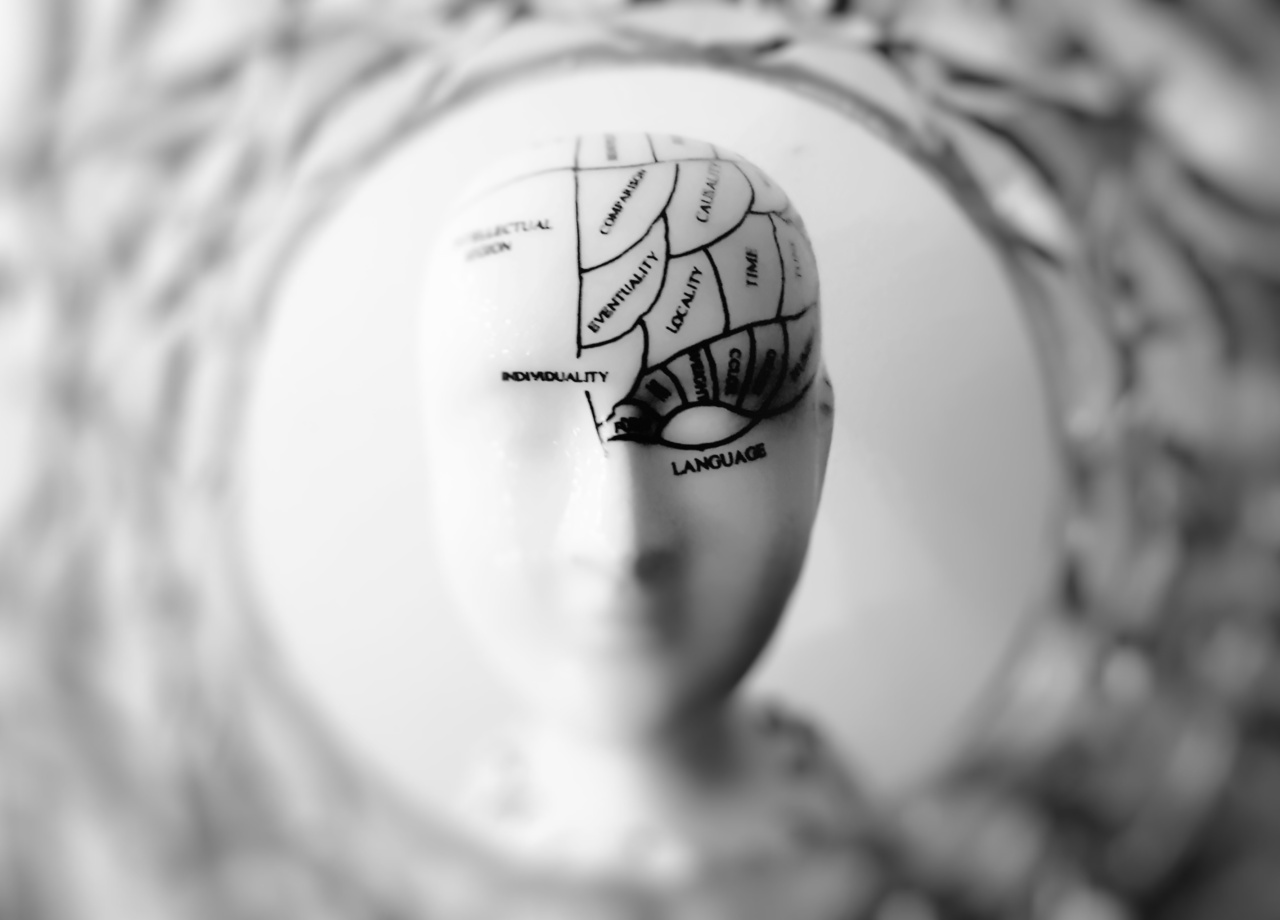Science has taken a major leap by creating an artificial embryo with a beating heart and brain.
This groundbreaking achievement by researchers may pave the way for new future developments in fertility treatments and improve our understanding of the early stages of human life.
What is an Artificial Embryo?
An artificial embryo is a group of stem cells that has been genetically manipulated, causing it to mimic the early development of a normal embryo.
Researchers at the University of Cambridge have successfully created an artificial embryo-like structure that forms the basis of an early human life. The artificially created structure highlights the complexity of human life, further increasing our understanding of how human development works.
The Implications of this Breakthrough
This breakthrough is groundbreaking because it challenges the traditional way of creating embryos.
In the past, embryos have been created using donated human eggs, which is ethically challenging, given the issue of limited donor supply and ethical dilemmas surrounding embryo research. However, this breakthrough could potentially provide an unlimited supply of artificial embryos for research purposes, which can not only aid in the advancement of fertility treatments but also reduce the ethical concerns of using donor eggs.
How is it Possible to Create an Artificial Embryo?
The process of creating an artificial embryo is not easy. It involves growing cells in a lab and then manipulating them into forming the early stages of an embryo. This process is known as embryogenesis.
After researchers created an artificial embryo, they implanted it into a female mouse, which was able to develop normally.
The process of implanting the artificial embryo into a mouse host ensures that it develops into an embryo-like structure with a beating heart.
Why is this Achievement Significant?
The discovery of the artificial embryo is a significant milestone towards assisted reproductive techniques (ART), allowing scientists to create embryos in vitro (outside of the body) and manipulate them in the early stages of development.
This achievement has a lot of potential in the field of fertility treatments by providing an unlimited supply of embryos to be used for research purposes.
Furthermore, the creation of an artificial embryo can help increase our understanding of the early stages of human life.
As a result, it can shed light on potential medical issues such as congenital disabilities, which can be identified in the early stages of development.
What Does it Mean for the Future?
While the research is still in its nascent stages, this breakthrough may pave the way for new future developments in fertility treatments.
In the future, scientists may be able to use this technique to develop better in vitro fertilization techniques, which could increase the chances of success for couples undergoing fertility treatments.
This achievement could also lead to other developments in synthetic biology, allowing for more complex artificial organs to be created. The creation of an artificial heart is an example of one possibility.
The implications of this research are vast, and we are still only just beginning to understand its full potential.
Challenges and Concerns with Artificial Embryos
One of the concerns regarding artificial embryos is the potential for genetic manipulation, which can put the ethical implications of creating an embryo into question.
Genetic manipulation may allow scientists to create embryos with specific traits or characteristics. This raises concerns regarding the ethical implications of manipulating embryos in this way and who gets to decide which traits should be manipulated.
Furthermore, the ethical implications of research using artificial embryos are still being discussed. Scientists and ethicists are still debating whether creating artificial embryos for research purposes is ethical.
However, the potential of acquiring an unlimited supply of embryos for research purposes is a game-changer.
The Verdict
The creation of an artificial embryo with a beating heart and brain is an incredible scientific achievement and holds great promise for future developments in the field of reproductive medicine.
However, this achievement also highlights the ethical issues surrounding embryo research, which must be addressed and debated moving forward. Nevertheless, this breakthrough will undoubtedly pave the way for future innovations and discoveries in the field of biology and medicine.




























